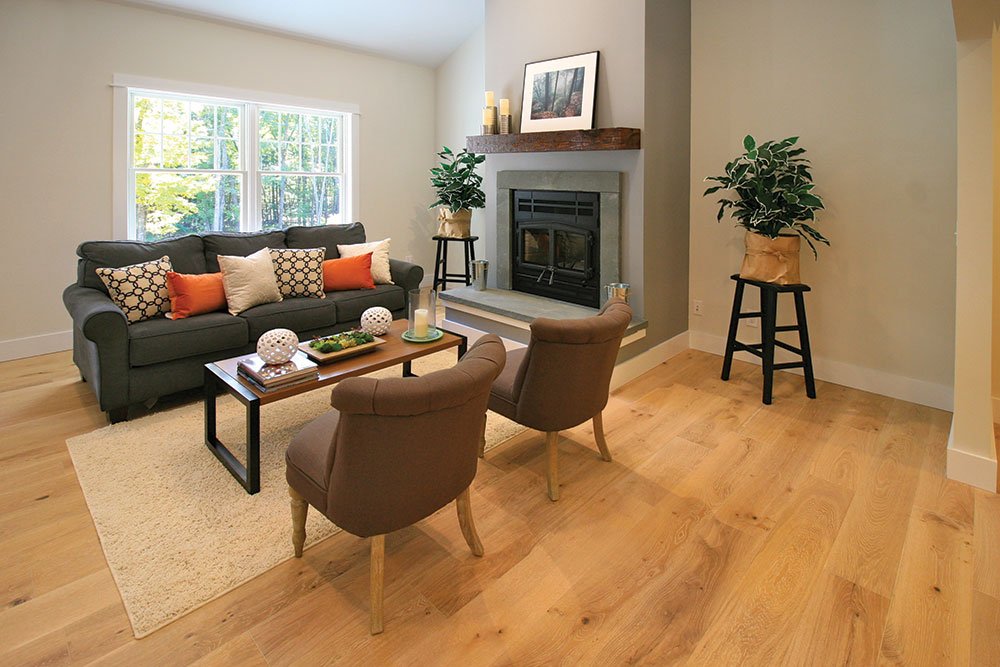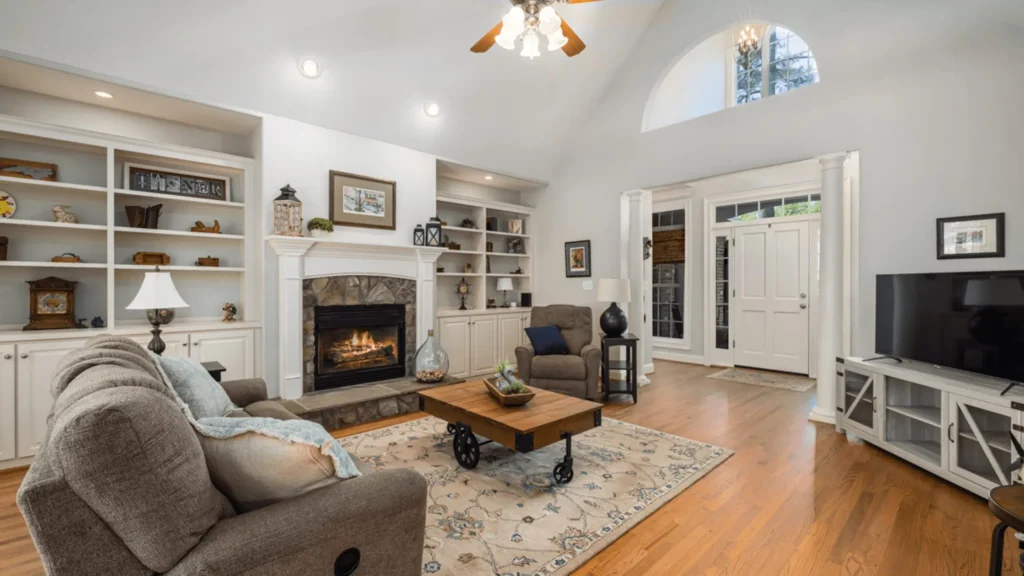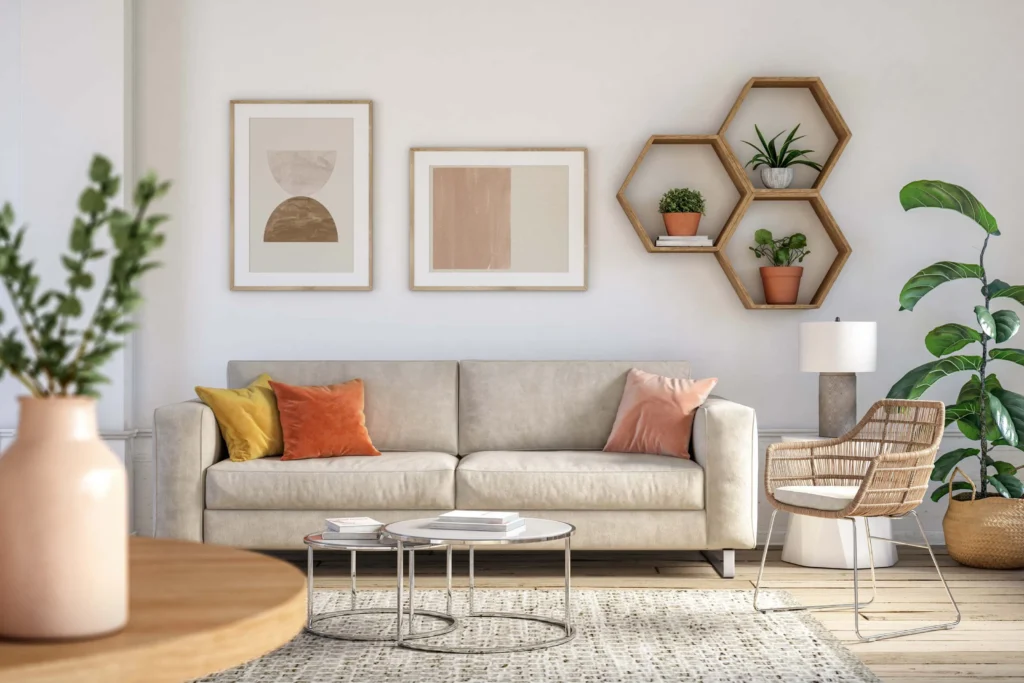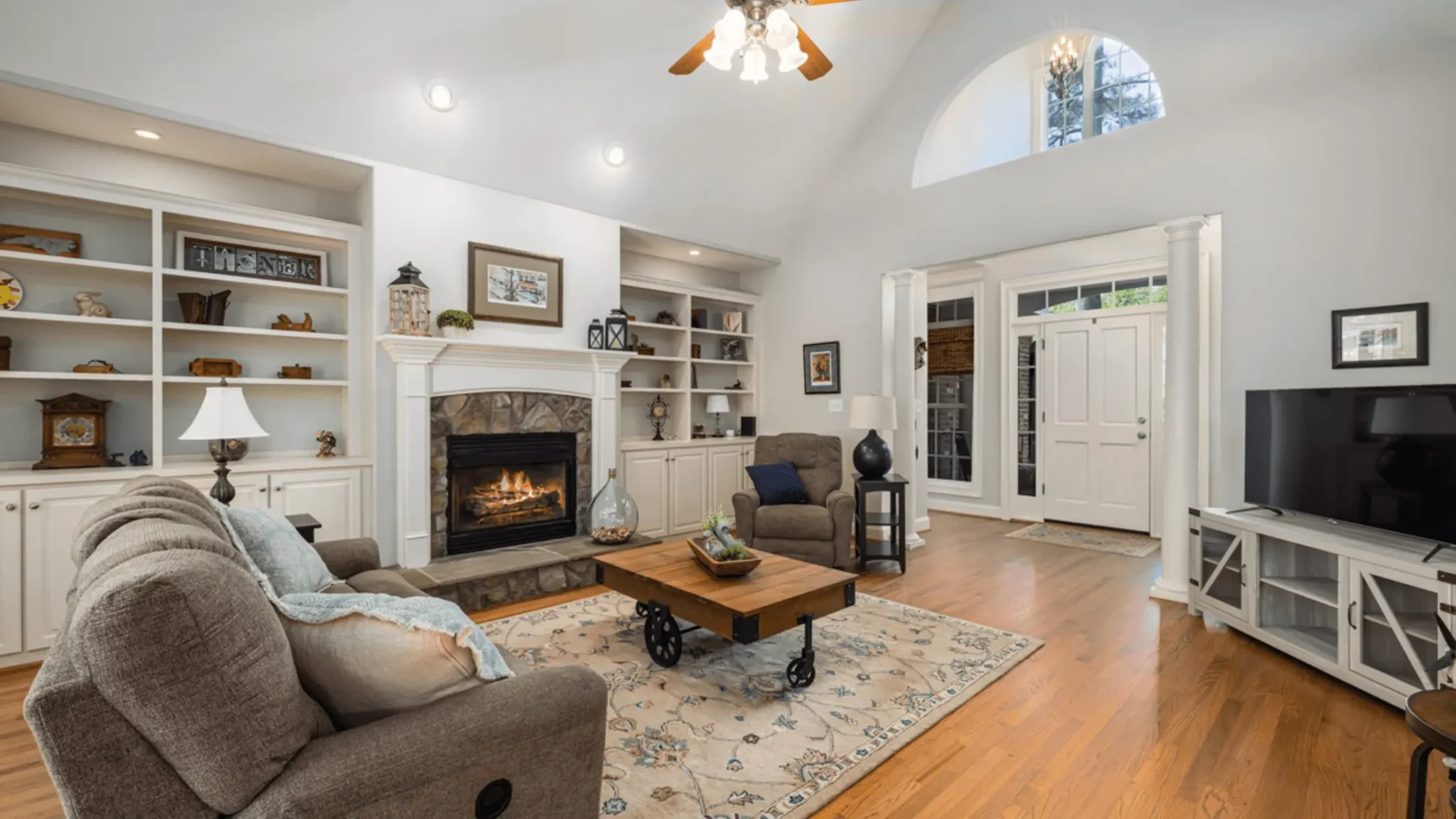
When selling your home, first impressions matter. Home staging is one of the most effective strategies to make your property stand out in a competitive real estate market. A well-presented home not only attracts potential buyers but also increases its perceived value, often leading to faster sales at higher prices. The way your home looks in listing photos and during showings can be the deciding factor for buyers. If they can envision themselves living in the space, they are more likely to make an offer quickly. This is why home staging is an essential step that no seller should overlook.
Expert home staging does not necessarily require a major financial investment. Instead, it focuses on highlighting your home’s best features while creating an inviting and neutral space. From decluttering and rearranging furniture to adding warm, welcoming touches, small changes can make a significant difference. Professional stagers understand the psychology of buyers and use design techniques that appeal to the broadest audience possible. By following proven staging tips, sellers can create a space that not only attracts interest but also generates emotional connections with buyers.
In this comprehensive guide, we will explore expert-backed home staging techniques that will help you sell your home faster. We’ll cover everything from decluttering and improving curb appeal to optimizing lighting and creating inviting spaces. Whether you are selling a house or an apartment, these tips will ensure your home is market-ready. Let’s dive into the strategies that will make your home irresistible to buyers and help you achieve a successful sale.
1. Understand the Importance of Home Staging

1.1 Why First Impressions Count
The first impression a buyer gets of your home is often the most lasting. Buyers form an opinion within seconds of walking through the door, and a well-staged home can instantly captivate them. A visually appealing and well-maintained space creates an emotional connection, making it easier for buyers to imagine themselves living there.
1.2 How Staging Impacts Sale Price
Studies show that staged homes sell faster and for higher prices than non-staged ones. Properly presenting your home can highlight its best features, downplay any minor flaws, and make it feel more valuable. Many buyers are willing to pay a premium for a home that appears move-in ready.
1.3 The Psychological Effect on Buyers
Home staging helps depersonalize the space so buyers can see it as their future home. Personal items or unique décor choices can make it harder for buyers to visualize themselves in the space. Staging creates a welcoming and neutral environment that appeals to a broader range of buyers.
2. Declutter and Depersonalize Your Space

2.1 Remove Personal Items
Personal belongings such as family photos, religious items, and personal collections should be removed before listing your home. Buyers need to see a blank slate where they can project their own vision of home life.
2.2 Simplify Furniture and Décor
Too much furniture or overly bold décor can make a home feel cluttered and cramped. Keep only essential pieces that enhance the space and remove anything that disrupts the flow of the room.
2.3 Organize Storage Spaces
Buyers will inspect storage areas, so it’s important to keep closets, cabinets, and shelves neat and organized. Well-maintained storage areas suggest that the home is cared for and has ample space.
3. Enhance Curb Appeal
3.1 Freshen Up the Exterior
A home’s exterior sets the tone for the entire showing. Ensure the lawn is well-manicured, the paint is fresh, and the front door is welcoming. Small updates like a new doormat or potted plants can make a big difference.
3.2 Keep Pathways Clear
Ensure that pathways leading to the entrance are clean and in good condition. Removing debris and fixing cracked sidewalks improves accessibility and makes the home more inviting.
3.3 Upgrade Outdoor Lighting
Good lighting enhances safety and curb appeal. Outdoor lights should be bright enough to illuminate pathways and highlight the home’s best architectural features.
4. Maximize Natural Light
4.1 Open Curtains and Blinds
Natural light makes spaces feel larger and more welcoming. Keep curtains and blinds open to let in as much sunlight as possible, and ensure windows are clean.
4.2 Use Mirrors Strategically
Placing mirrors opposite windows can reflect light and make small rooms appear more spacious. This is a simple but effective trick for brightening up interiors.
4.3 Choose Light, Neutral Colors
Walls painted in neutral shades like beige, gray, or off-white appeal to more buyers and help create a fresh, airy atmosphere.
5. Rearrange Furniture for Flow
5.1 Create Open Pathways
Arrange furniture in a way that makes it easy to navigate the space. Avoid blocking entryways or windows, and ensure that furniture placement promotes a natural traffic flow.
5.2 Highlight Key Features
Arrange furniture to emphasize the best features of the home, such as a fireplace, large windows, or built-in shelving.
5.3 Use Furniture to Define Spaces
In open-plan homes, use area rugs and furniture groupings to define separate spaces such as dining and living areas.
6. Focus on Key Rooms: Kitchen, Living Room, and Master Bedroom
6.1 Stage the Kitchen with Care
Declutter countertops and add simple touches like a bowl of fruit or fresh flowers. Ensure all surfaces are clean and shiny.
6.2 Make the Living Room Cozy
Soft lighting, plush cushions, and stylish décor can create a warm and inviting living space that feels like home.
6.3 Create a Retreat in the Master Bedroom
The bedroom should feel like a peaceful sanctuary. Use neutral bedding, minimal décor, and soft lighting to enhance its appeal.
7. Freshen Up with Simple Repairs and Updates
7.1 Fix Minor Issues
Leaky faucets, chipped paint, or squeaky doors can make buyers question the overall maintenance of the home. Quick repairs help avoid negative impressions.
7.2 Update Fixtures and Hardware
Replacing outdated cabinet handles, light fixtures, and faucets can modernize a space without a major renovation.
7.3 Repaint for a Clean Look
A fresh coat of neutral paint can instantly refresh walls and make the home feel new.
8. Add Inviting Touches with Décor
8.1 Incorporate Fresh Flowers and Plants
Adding fresh flowers and indoor plants brings warmth and vibrancy into a home. Greenery helps create a natural, welcoming atmosphere, making rooms feel more lively and cared for. Simple arrangements, such as a vase of fresh tulips on the dining table or a potted plant in the living room, can instantly elevate the space.
8.2 Use Soft Textiles for Warmth
Throw blankets, area rugs, and decorative cushions add texture and a sense of coziness. Neutral-colored textiles create a sophisticated and inviting look, while soft, layered fabrics make spaces feel more comfortable and homely. Consider draping a stylish throw over a couch or adding a plush rug to define a seating area.
8.3 Display Simple, Stylish Art
Artwork should enhance a space rather than dominate it. Choose neutral, modern pieces that complement the room’s color scheme and overall aesthetic. Large, minimalistic framed prints or subtle abstract paintings can make a space feel elegant and thoughtfully designed without overwhelming potential buyers.
9. Keep the Home Clean and Smelling Fresh
9.1 Maintain a Spotless Home
A clean home suggests to buyers that it has been well-maintained. Ensure that floors, surfaces, and fixtures are spotless. Pay extra attention to bathrooms and kitchens, as these areas are particularly scrutinized by buyers. Dusting, vacuuming, and wiping down surfaces daily can make a big difference.
9.2 Eliminate Odors
Unpleasant odors can be an instant deal-breaker. Avoid strong cooking smells before showings, and address any pet odors by deep-cleaning carpets and upholstery. Subtle, natural scents like fresh citrus, lavender, or vanilla can enhance the home’s ambiance without overwhelming visitors.
9.3 Consider Professional Cleaning Services
For a truly pristine home, professional cleaning services can ensure every corner is spotless. Deep-cleaning carpets, polishing floors, and washing windows can significantly improve a home’s presentation. A professional touch ensures a fresh and inviting environment that leaves a lasting impression on buyers.
10. Use Professional Photography and Virtual Staging
10.1 Invest in High-Quality Photos
Most homebuyers start their search online, and high-quality listing photos can make or break a sale. Professional photography captures the best angles, lighting, and features of your home, making it stand out among competing listings. Well-lit, well-composed images attract more interest and increase the likelihood of a quick sale.
10.2 Try Virtual Staging for Empty Spaces
If your home is vacant, virtual staging can help buyers visualize how the space can be used. Digital furniture placement allows potential buyers to see the possibilities without the cost of physically staging a home. This is a particularly effective technique for online listings.
10.3 Highlight Your Home’s Best Features in Listings
When creating your online listing, make sure to emphasize your home’s best features. Highlight spacious rooms, natural light, upgraded fixtures, and desirable amenities. Pair well-written descriptions with high-quality images to attract serious buyers and generate more showings.
Conclusion
Staging your home effectively doesn’t have to be expensive or overwhelming. With a few strategic changes, you can transform your space into a warm, inviting home that appeals to a wide range of buyers. From decluttering and improving curb appeal to rearranging furniture and enhancing natural light, every small improvement plays a role in making your home more marketable. The goal is to create an emotional connection with buyers, allowing them to envision themselves living in the space.
A well-staged home not only attracts more potential buyers but also has a higher chance of selling quickly and at a premium price. Buyers are more likely to make strong offers when they feel a home is move-in ready and visually appealing. The investment in staging—whether through small DIY changes or professional assistance—often results in a significant return by increasing the home’s perceived value.
If you’re looking to sell your home in today’s competitive market, now is the time to put these expert staging tips into action. Start with simple updates, focus on key areas, and ensure your home looks its absolute best before listing. With the right staging strategy, you’ll be well on your way to a successful, swift, and profitable home sale.






